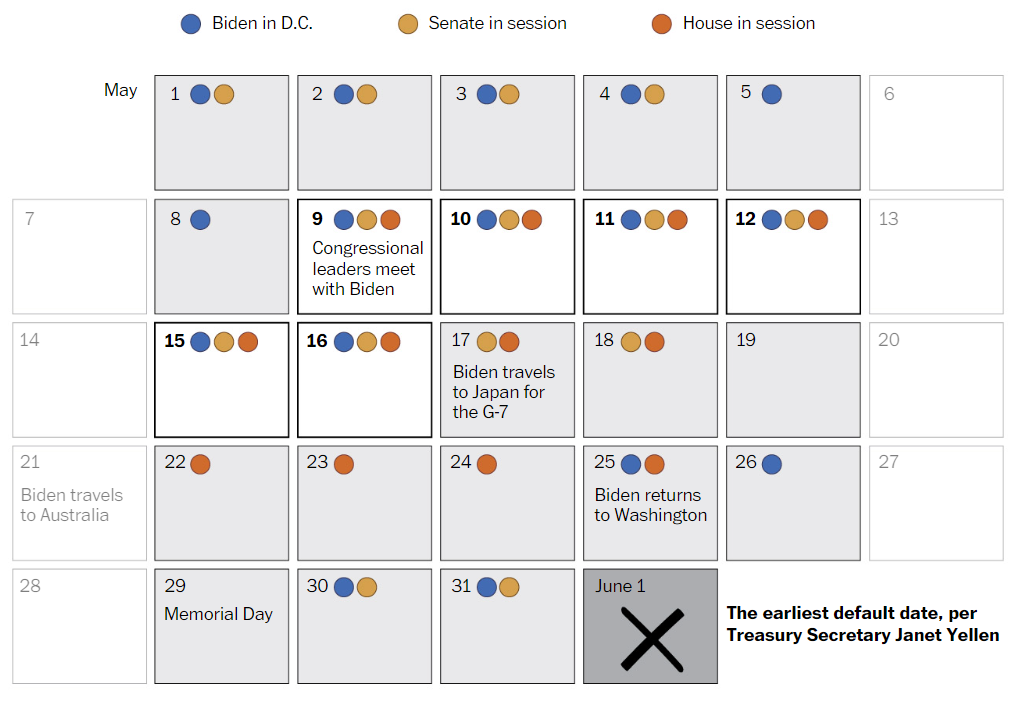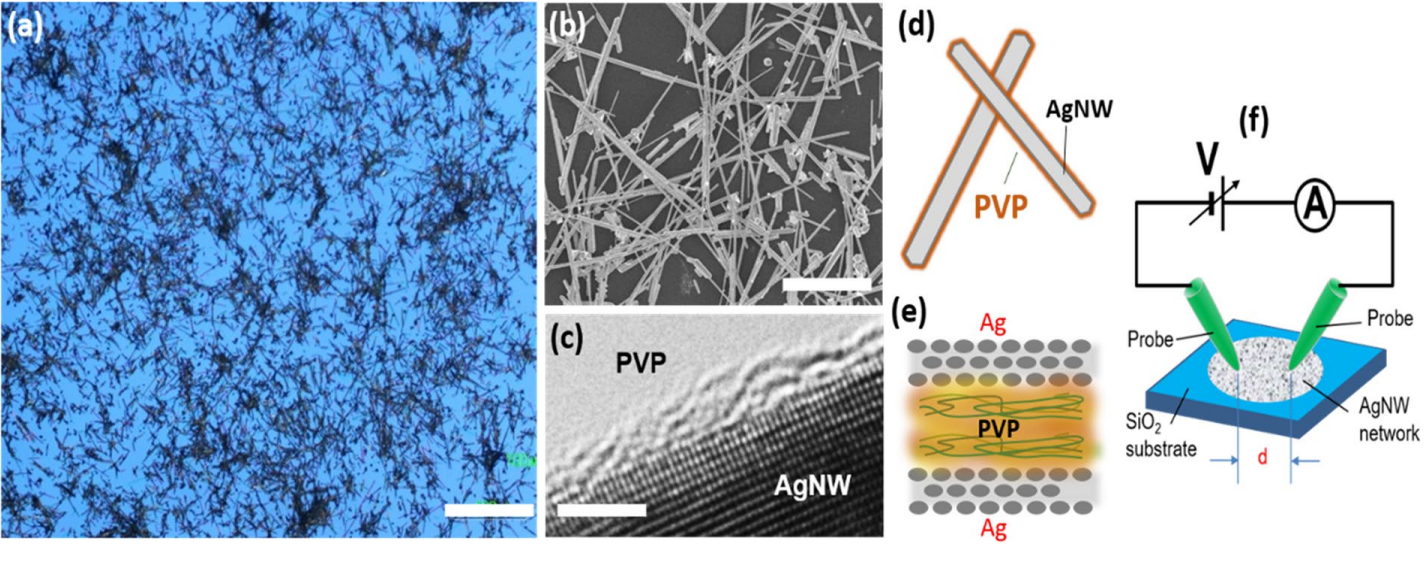Neuron anatomy
An interesting area of research is efforts to build electronic circuitry that works like what is known so far about how the human brain works. As one might imagine, progress is slow and incremental. But at least progress is still not stymied by some fundamental barrier that cannot be overcome. So, machines continue to slowly pick up aspects of what goes on in brains, or at least what is believed to go on in brains.
Science Daily writes about a recent physics paper in Science Advances,
Neuromorphic learning, working memory, and
metaplasticity in nanowire networks:
"In this research we found higher-order cognitive function, which we normally associate with the human brain, can be emulated in non-biological hardware," Dr Loeffler said.
"This work builds on our previous research in which we showed how nanotechnology could be used to build a brain-inspired electrical device with neural network-like circuitry and synapse-like signalling.
"Our current work paves the way towards replicating brain-like learning and memory in non-biological hardware systems and suggests that the underlying nature of brain-like intelligence may be physical."
Nanowire networks are a type of nanotechnology typically made from tiny, highly conductive silver wires that are invisible to the naked eye, covered in a plastic material, which are scattered across each other like a mesh. The wires mimic aspects of the networked physical structure of a human brain.
Advances in nanowire networks could herald many real-world applications, such as improving robotics or sensor devices that need to make quick decisions in unpredictable environments.
To test the capabilities of the nanowire network, the researchers gave it a test similar to a common memory task used in human psychology experiments, called the N-Back task.
For a person, the N-Back task might involve remembering a specific picture of a cat from a series of feline images presented in a sequence. An N-Back score of 7, the average for people, indicates the person can recognise the same image that appeared seven steps back.
When applied to the nanowire network, the researchers found it could 'remember' a desired endpoint in an electric circuit seven steps back, meaning a score of 7 in an N-Back test.
"What we did here is manipulate the voltages of the end electrodes to force the pathways to change, rather than letting the network just do its own thing. We forced the pathways to go where we wanted them to go," Dr Loefflersaid.
"When we implement that, its memory had much higher accuracy and didn't really decrease over time, suggesting that we've found a way to strengthen the pathways to push them towards where we want them, and then the network remembers it.
"Neuroscientists think this is how the brain works, certain synaptic connections strengthen while others weaken, and that's thought to be how we preferentially remember some things, how we learn and so on."
The researchers said when the nanowire network is constantly reinforced, it reaches a point where that reinforcement is no longer needed because the information is consolidated into memory.
"It's kind of like the difference between long-term memory and short-term memory in our brains," Professor Kuncic said.
This study is the first to demonstrate a nontrivial cognitive task— inspired by the WM n-back task—in a physical non–CMOS (complementary metal-oxide semiconductor) substrate with native neuromorphic properties (i.e., not requiring implementation of neuromorphic algorithms).
In a previous study, Neftci and colleagues (53) demonstrated a simple cognitive task by emulating spiking neurons in a CMOS system. Their method used an intermediate computational layer in which silicon neurons are configured as soft winner-take-all (WTA) networks (54).
In conclusion, by applying supervised and reinforcement learning strategies similar to those operating in the brain, we have demonstrated working memory and memory consolidation in nanowire networks. These higher-order cognitive functions were achieved by implementing a nontrivial cognitive task routinely applied to human subjects. Results reveal that neuromorphic learning paradigms implemented in nanowire networks leverage similar mechanisms to the brain, namely, synaptic metaplasticity and synaptic strengthening and pruning, to optimize working memory and memory consolidation.
Working memory ≈ short term memory used for tasks a brain is working on; a small amount of information in the mind that is readily available for a short period of time; when short-term memories are not actively maintained, they last a few seconds then disappear; current data indicates that human short-term memory can hold only seven items at once, plus or minus two
Memory consolidation ≈ long term memory
How a nanowire network (NWN) is made,
what it looks like and what it acts like
A NWN was first made, and its possession of some neuron-like properties described,
in this paper in 2019. Although I don't completely understand what is going on here, a NWN strikes me as a strange, fascinating and improbable way to mimic a brain.
Short segments, ~14 nanometer long, of ~360 nanometer diameter polymer coated silver (Ag) wire in a ethanol and polymer solution are placed into an area of silica on an electronic device having small gold electrodes at the edges of the area (An average human hair has a diameter of 80 micrometers, or 80,000 nanometers). The wire, actually more like particles or little cylinders of silver ~14 nanometer long, has a thin coating of a biocompatible polymer (polyvinylpyrrolidone or PVP in this case). Once the ethanol evaporates, a mesh of silver wires/particles is left behind in between the gold electrodes. In places where the cylinders touch, the material at that point acts like an electrical switch that resembles a synapse in neurons.
Figure 1. Morphological and structural properties of PVP-coated Ag (silver) nanowires and nanowire network. (a) Optical micrograph image of nanowire network layout after drop-cast deposition on a silica substrate. (b) Scanning electron micrograph image of nanowire interconnectivity in a selected area of the network. (c) High resolution transmission electron micrograph image showing the atomic planes of the facet of a Ag nanowire with the nanometric PVP layer embedded on the lateral surface of the nanowire. Figures (d,e) sketch the detail of the insulating junctions formed by the polymeric PVP layer between the Ag surfaces of overlapping nanowires. (f) Scheme of the measurement system. Two tungsten probes, separated by distance d=500 μm, act as electrodes, contacting the nanowire network deposited on SiO2. The scale bars for figures (a–c) are 100 μm, 10 μm and 2nm, respectively.
Let all of this sink in for a minute. Little chunks of silver coated with an electrically insulating polymer an act like synapses at points where the chunks are in direct physical contact. Those contact points where the polymer coatings touch somehow act like switches resembling a synapse. The entire network can learn and remember things. Somehow, circuits in the network can be strengthened and once they are strengthened they remain and can remember what was taught to the circuit. So, not only does a NWN have electrical properties that resemble a synapse between neurons, it can also reinforce electrical pathways, which looks to me sort of like neural plasticity* in the brain, i.e., what is believed to happen when a brain learns new things.
* Neural plasticity refers to the capacity of the nervous system to modify itself, functionally and structurally, in response to experience and injury.
A neuron's myelin sheath acts as an electrical insulator that keeps the
electrical signal from the neuron from simply dissipating
(short circuiting) into the tissue the neuron sits in
Unless I analyze or understand this wrong, (i) something physical has to be happening when a NWN circuit "learns" some new thing (most likely at least a few silver atoms electrically breaching the polymer layer somehow), and/or (ii) information itself apparently carried by electrical currents has some capacity to somehow influence physical matter, which is the NWN in this case. From what I can tell, i and ii amount to the two things necessary for NWN behavior.
Maybe it is time to seriously consider the possibility of a machine closely mimicking at least some complex cognitive tasks that the human mind is capable of. How far this line of research can go is unclear to me.










